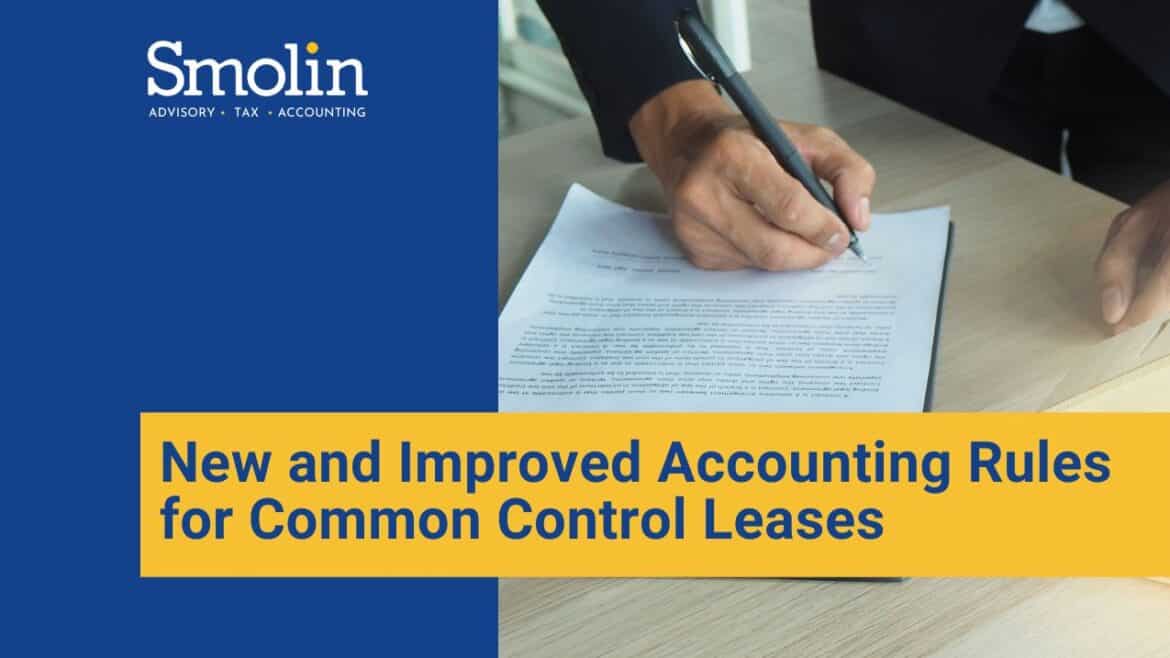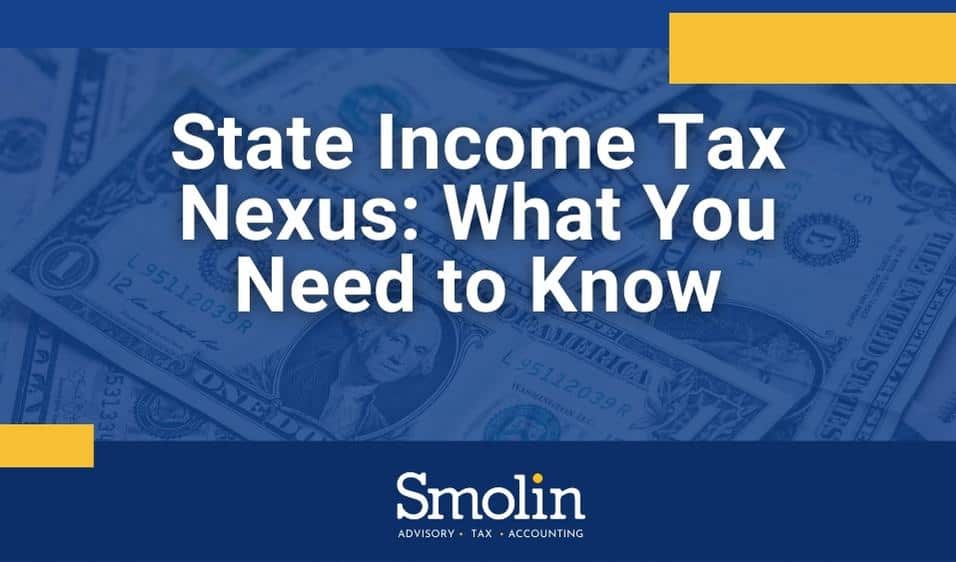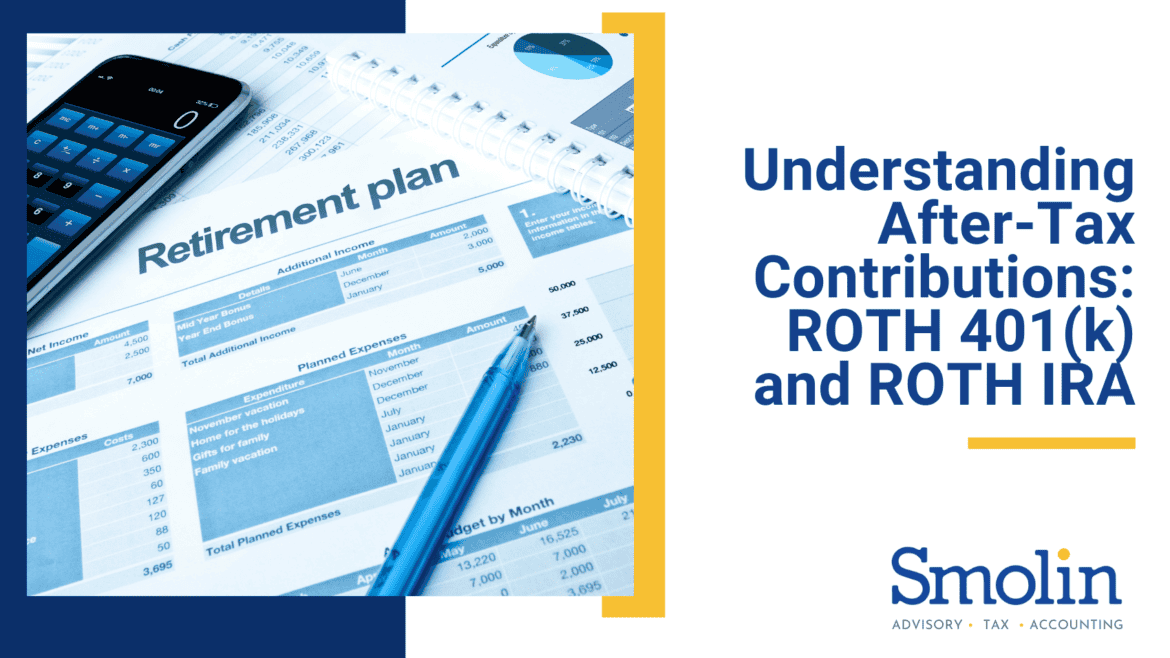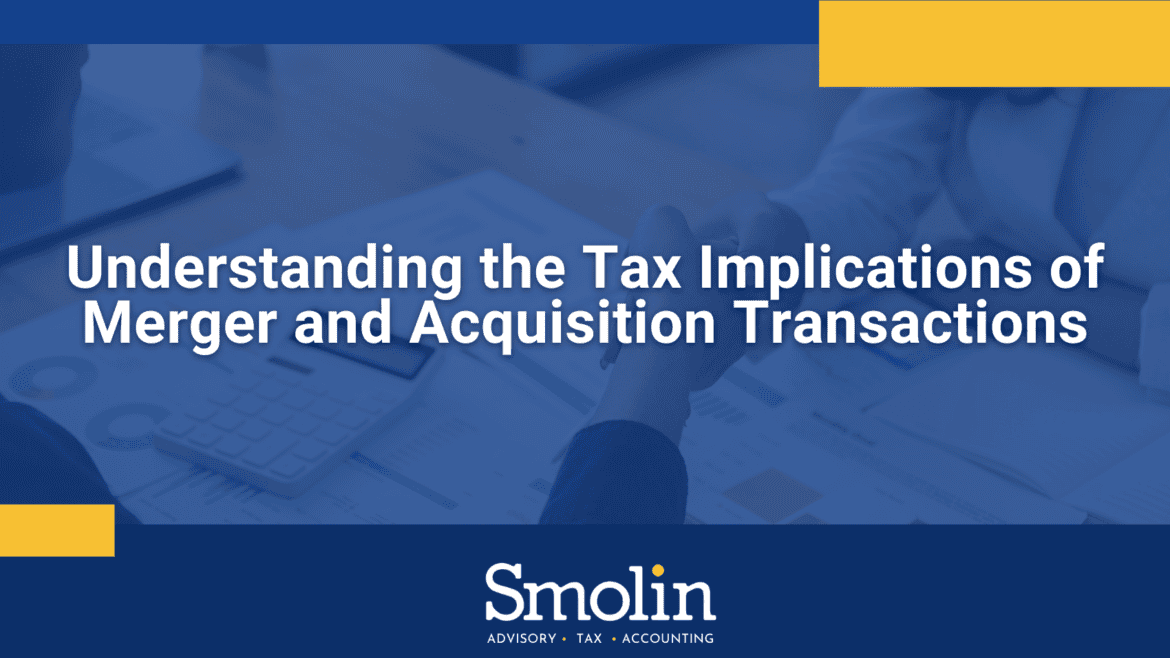Certain businesses may be allowed to claim large first-year depreciation tax deductions for eligible real estate costs instead of depreciating them over several years. Is this the right choice for your business? You may assume so, but the answer is not as simple as it seems.
Qualified improvement property
For eligible assets placed into service during tax years beginning in 2023, the maximum allowable first-year Section 179 depreciation deduction is $1.16 million.
It’s important to note that the Sec. 179 deduction can be claimed for real estate qualified improvement property (QIP) up to the maximum yearly allowance.
QIP includes any improvement to an interior area of a nonresidential building that you placed in service after the building was first placed in service.
For Sec. 179 deduction purposes, QIP also includes:
- HVAC systems
- Nonresidential building roofs
- Fire protection and alarm systems
- Security systems placed in service after the building was first placed in service
With that said, expenditures that are attributable to the enlargement of the building, such as elevators or escalators or the building’s internal structural frame do not count as QIP, and you must depreciate them over multiple years.
Mind the limitations
A taxpayer’s Sec. 179 deduction isn’t able to cause an overall business tax loss, and the maximum deduction is phased out if too much qualifying property goes into service within the tax year.
The Sec. 179 deduction limitation rules can be complicated if you own a stake in a pass-through business entity (a partnership, an LLC treated as a partnership for tax purposes, or an S-corp).
Last but not least, trusts and estates can’t claim Sec. 179 deductions, and noncorporate lessors face added restrictions.
First-year bonus depreciation for QIP
Aside from the Sec. 179 deduction, an 80% first-year bonus depreciation is also available for QIP that’s put into service in the calendar year 2023. If your aim is to maximize first-year write-offs, you’d want to claim the Sec. 179 deduction first. If you max out with 179, then you’d claim your 80% first-year bonus depreciation.
It’s essential to note that for first-year bonus depreciation purposes, QIP doesn’t include:
- Nonresidential building roofs
- HVAC systems
- Fire protection and alarm systems
- Security systems.
Consider depreciating QIP over time
There are two reasons why you should think carefully about claiming big first-year depreciation deductions for QIP.
1. Lower-taxed gain when the property is sold
First-year Sec. 179 deductions and bonus depreciation claimed for QIP can create what’s called depreciation recapture, which means your assets will be taxed at higher ordinary income rates when the QIP is sold.
Under the current regulations, the maximum individual rate on ordinary income is 37%, but you may also end up owing the 3.8% net investment income tax (NIIT).
Conversely, for any QIP that’s held for more than one year, gain attributable to straight-line depreciation is taxed at an individual federal rate of only 25%, plus the 3.8% NIIT if eligible.
2. Write-offs may be worth more in the future
If you claim large first-year depreciation deductions for QIP, your depreciation deductions for future years will be reduced accordingly. If federal income tax rates go up in the future, you’ll have essentially traded potentially more valuable future-year depreciation write-offs for less-valuable first-year write-offs.
Have questions? Smolin can help
The decision to claim first-year depreciation deductions for QIP or not claim them can be complicated. If you have questions about this process or need help navigating and other tax issues, contact the team at Smolin, and we’ll make sure you have the answers you need to make the best choice for your business.









